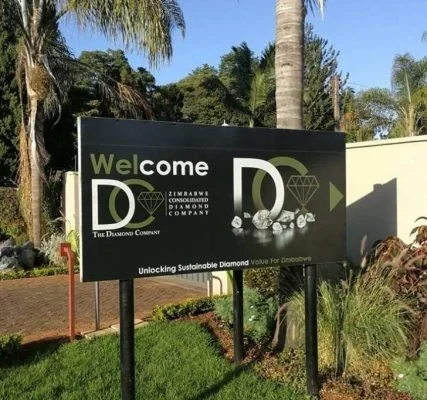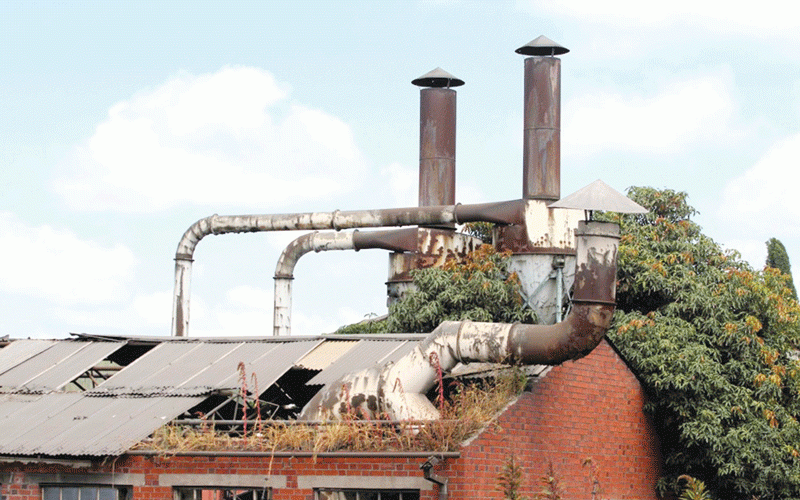
It is rare to witness an industry long associated with global luxury and wealth brought to its knees. But Zimbabwe’s diamond sector is now confronting a perfect storm — a brutal global crisis no longer confined to faraway trading hubs such as Surat or Antwerp.
The epicentre has shifted. The tremors are here — in Chiadzwa’s diamond fields and at Murowa Diamonds — where jobs are vanishing and livelihoods are collapsing under the weight of plummeting prices.
The global diamond slump began accelerating in 2022. That year marked a turning point in the industry as demand tilted decisively in favour of synthetic, lab-grown diamonds. Today, these lab gems account for over 50% of the US engagement ring market. This dramatic shift has turned the world’s natural diamond value chain on its head.
Zimbabwe has not been spared. Our flagship miner, the Zimbabwe Consolidated Diamond Company (ZCDC), is laying off over 200 workers — another painful blow to a labour market already decimated, with more than 90% of citizens struggling to find work.
If ZCDC’s troubles are any indication, we may be staring at a full-blown national crisis.
The numbers are grim. Zimbabwe’s diamond revenues fell 46% in 2024, from US$303 million to US$163 million. On the surface, April’s US$33 million haul seemed impressive — a 912% surge from March. But that was driven by a once-off auction and won’t be repeated.
Strip away the headlines, and the picture is sobering.
Even in better years, Zimbabwe has earned little from its diamonds. Nearly all our gems are exported before processing. And a fixed 10% royalty structure — high by global standards — continues to deter new investment. It is no surprise that big capital has largely stayed away.
- ZCDC scouts global markets
- Zimra garnishes gem miner’s bank accounts
- Zcdc tightens security
- Corruption watch: Marange is crying out for peace
Keep Reading
This is both a global and domestic crisis.
Globally, the diamond sector is enduring its worst downturn in decades. Prices for rough stones have plunged 74% since 2020. India’s massive cutting and polishing industry is also shaking, bogged down by unsold stock and declining demand.
Domestically, our wounds are self-inflicted. When ZCDC was created in 2016 to bring order and transparency to Marange, it was a bold and necessary move. Seven firms were expelled to stem rampant looting. But eight years later, the same ZCDC is struggling to stay afloat. We failed to prepare in good times and are now exposed in the downturn.
What happened to the vision that underpinned ZCDC’s formation? We cannot afford to watch its workforce shrink while its potential fades. This company was entrusted with the guardianship of strategic national wealth.
The stakes are too high for government to remain passive.
ZCDC cannot go the way of Ziscosteel — once a symbol of national pride, now a cautionary tale of industrial decay. This is not the time for platitudes or hand-wringing. The diamond sector is not only a source of foreign currency, but a lifeline for rural communities and a pillar of regional development.
The case for urgent state action is overwhelming.
First, government must reassess ZCDC’s entire operating model. Is it still viable in its current form? What partnerships or management reforms can restore efficiency? Can cost structures be streamlined without gutting operations?
Second, beneficiation must move from rhetoric to reality. It is unacceptable that Zimbabwe still exports its diamonds in raw form while local polishing centres remain idle or unfinished. If Botswana can negotiate downstream value-addition with De Beers, surely we can do better than exporting 80% of our diamonds’ value.
Third, the 10% royalty rate, though justifiable in boom times, is now a serious burden. Government should consider temporary royalty relief or incentive packages to keep mines operating and workers employed.
This is a moment of reckoning. If the state doesn’t rise to the challenge, we risk turning our diamond fields into graveyards of lost opportunity.











